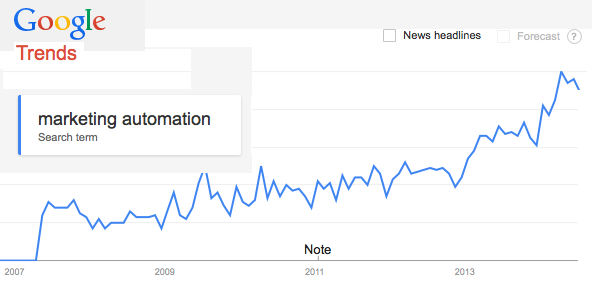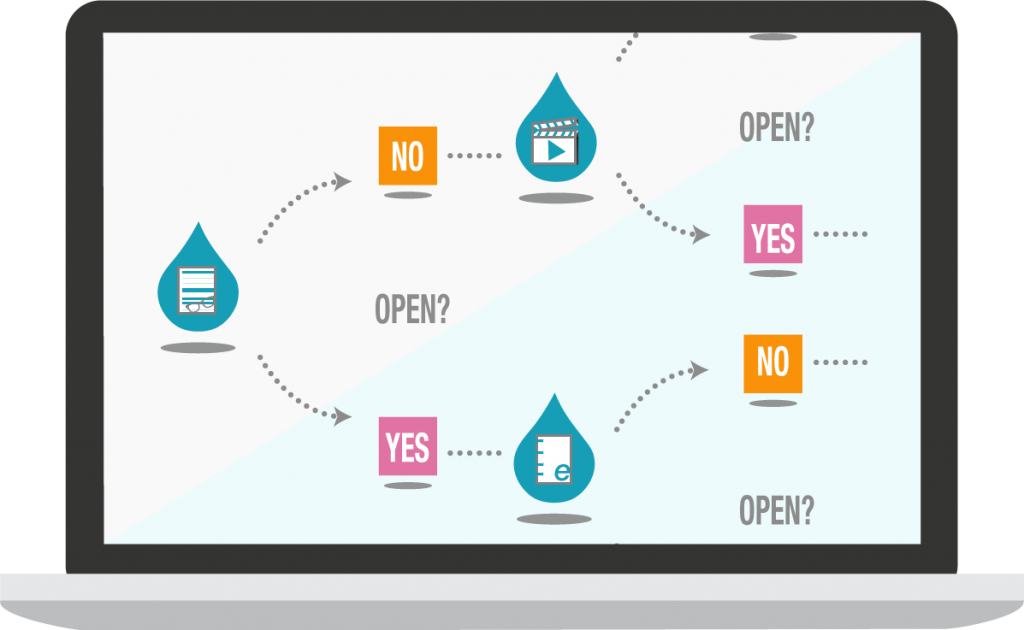If you work in marketing or sales, chances are you hear or read the words “Marketing Automation” at least a couple of times each week. At marketing conferences, on marketing blogs, in magazines and on podcasts—marketing automation has truly become a hot topic.
While the massive amount of publicity around marketing automation is helpful for educating a wider audience about this exciting opportunity, all the hype (generated for the most part by marketing automation vendors) is also pressuring marketing departments into making rushed decisions to get in the game. According to David Raab—host of the panel “What Marketing Automation Users Wish They’d Known Before Buying Their System” at BMA14—this is one of the main reasons why there is room for great improvement in satisfaction among new marketing automation users.
To make sure you get the most from any future investment in marketing automation, take time to research and plan carefully, and consider the following important tips:
1. Set clear goals
Setting clear goals is key to the success of any project, but even more critical when you are planning on adopting a new technology that will be used to accomplish multiple marketing and sales goals. While it might be tempting to indulge in the wide array of options, having a list of specific goals sorted by priority level can drastically reduce the complexity of both the vendor selection and implementation processes.
2. Pick the right features
There are more than 150 marketing automation solutions on the market. Some offer specific unique features—each has its own mix of strengths and weaknesses when it comes to the most common features. It’s easy to be distracted by all the bells and whistles, but if you have done your due diligence and carefully set and prioritized your goals, you can save a lot of time focusing only on those platforms that offer the features that will help you achieve those goals.
For example, if your top priority is to gain a deeper understanding of digital marketing effectiveness and its impact on sales, you’ll want to consider only those platforms that can be deeply integrated with your CRM, that have strong built-in analytics capabilities and can easily integrate with other external services that you use to run your digital campaigns. Eventually, the combination of these features will prove critical in providing integrated insights and closed-loop reporting.
3. Clean your data
Marketing Automation is a powerful delivery engine that allows you to customize the way you interact with your prospects and customers in unprecedented ways. Data is what fuels the engine, and the quality of the input will inevitably affect performance. Starting with a clean and rich set of information on your customers and prospects will help you implement programs that reduce waste and insure smart, targeted delivery. At the very minimum, you should audit your email lists before importing them into the new system, make sure your CRM data is in good shape before plugging in any marketing automation connectors, and consider enriching the data you have to expand your initial segmentation and targeting capabilities.
4. Stock up on content
The combination of good data and a solid marketing automation platform will let you reach the right person at the right time. When that happens, it’s critical you are also ready to serve the right content.
Since there is no such thing as right content for every occasion, be prepared to support significant growth in your content marketing needs. Whether it’s a “white paper” for prospects at the top of the sales funnel, a “how to” video to be dynamically featured on your homepage based on your visitors characteristics, or a series of weekly “product tips” for a dedicated lead nurturing campaign, you’ll want to make sure that every piece of content is optimized to serve a specific purpose.
5. Remember, it's about people
Before you set sail for the promised land of automated marketing you’ll want to make sure everyone is onboard. Technologies that become popular in a relatively short amount of time do so because they are disruptive. Marketing automation is no exception. It disrupts the linear way we used to think about marketing communications, blurs the line between marketing and sales and forces us to re-think what’s possible in terms of customization.
The sooner your company—and not just the marketing department—embraces this shift, the more you will get out of an investment in marketing automation. It is critical to designate a group of people to not only manage the transition process, but also to serve as marketing automation evangelists, with the specific goal to involve a wider internal audience as early in the process as possible.
Avoid the Advil
Marketing automation is exciting new technology with opportunity bounded only by the power of your marketing imagination, but its power comes at the cost of simplicity. Slow down and take the time to make sure you launch with the right tool and a proper plan for execution. In the end it will save you time…and a whole lot of headaches.





